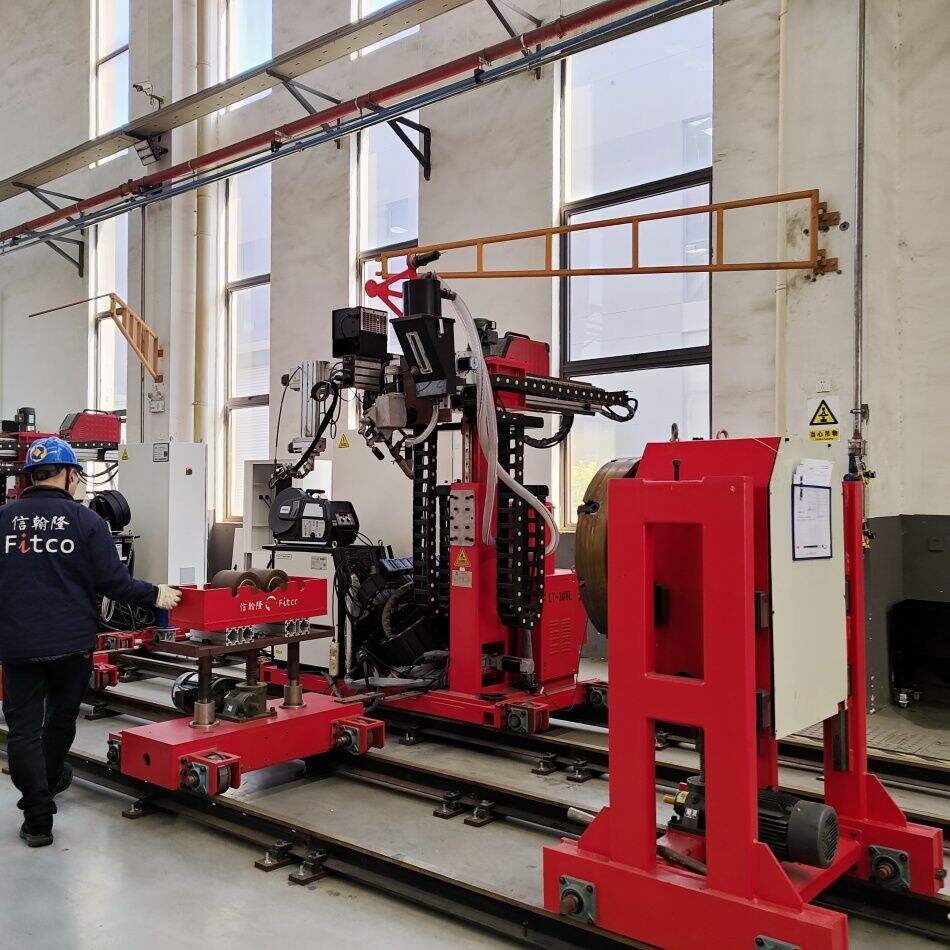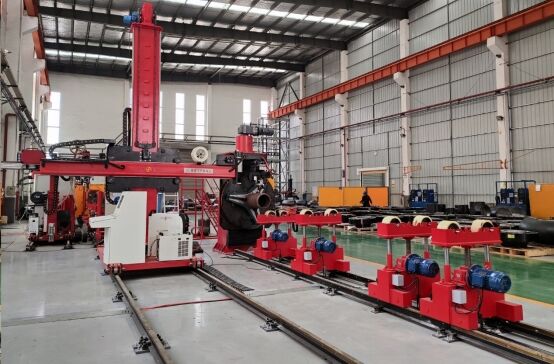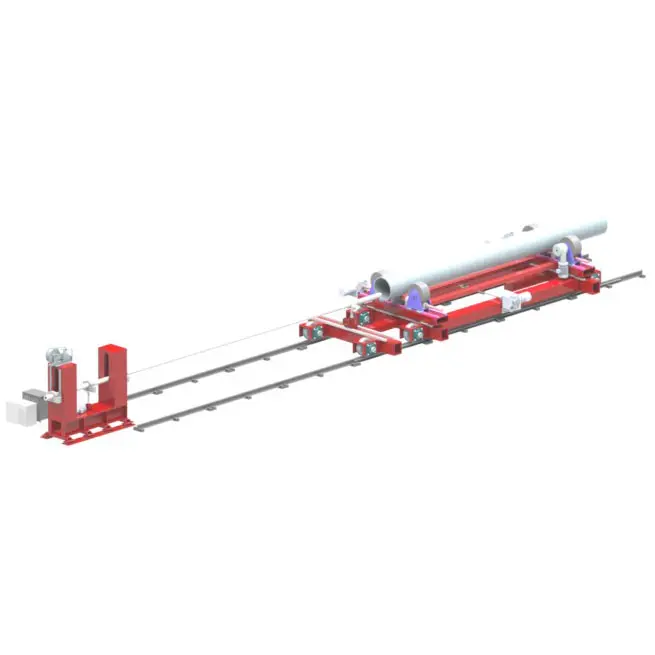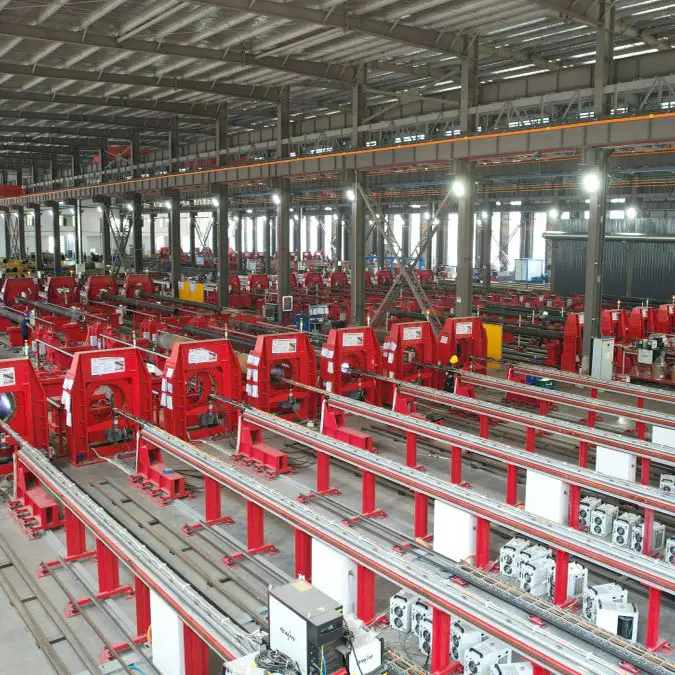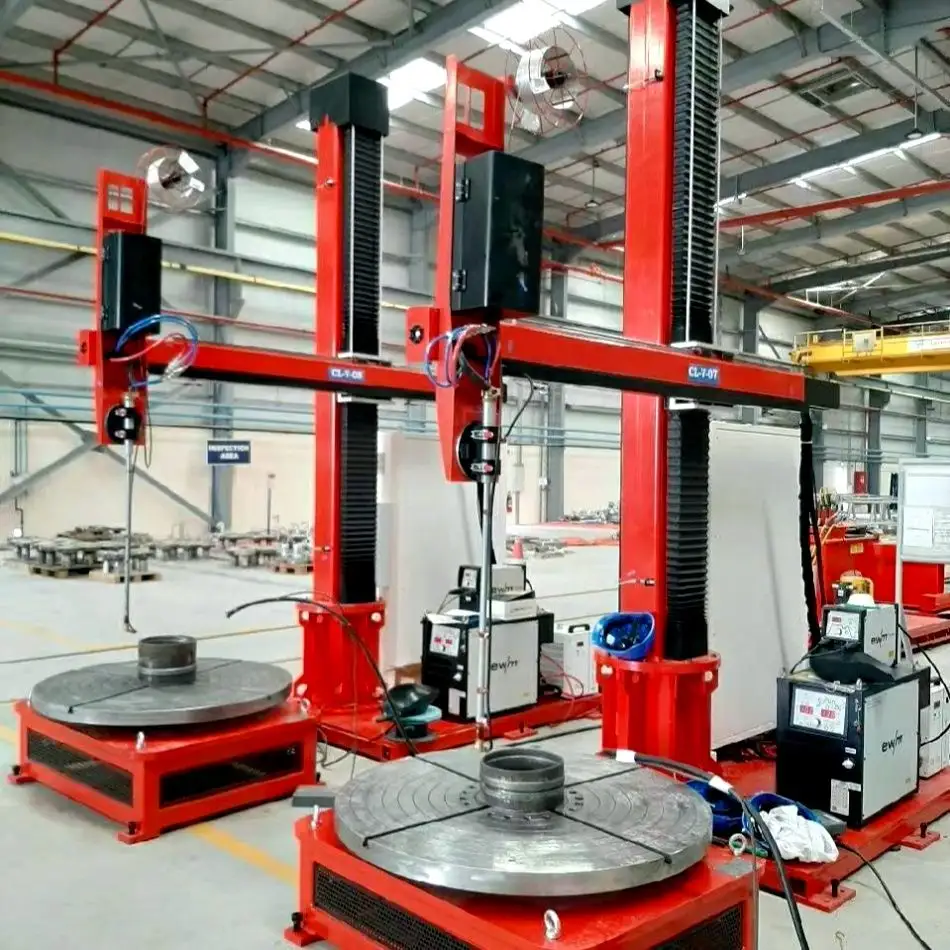submerged arc welding machine
The submerged arc welding machine represents a sophisticated advancement in automated welding technology, designed for high-volume industrial applications. This machine operates by creating an arc between a continuously fed electrode and the workpiece, with the entire welding process occurring beneath a blanket of granular flux material. The system consists of a power source, wire feeding mechanism, flux delivery system, and automated travel carriage. The machine's welding head precisely controls the electrode position and travel speed, ensuring consistent weld quality. Operating at higher current levels than many other welding processes, typically between 300 and 2000 amperes, the submerged arc welding machine can achieve deep penetration and high deposition rates. The flux covering serves multiple crucial functions: it protects the weld pool from atmospheric contamination, provides alloying elements to the weld metal, and forms a protective slag covering that influences the mechanical properties of the weld. Modern systems incorporate advanced features such as digital control interfaces, programmable welding parameters, and real-time monitoring capabilities. These machines excel in applications requiring long, continuous welds, such as shipbuilding, pressure vessel fabrication, and heavy equipment manufacturing.

 EN
EN
 AR
AR BG
BG HR
HR CS
CS DA
DA NL
NL FI
FI FR
FR DE
DE EL
EL HI
HI IT
IT JA
JA KO
KO NO
NO PL
PL PT
PT RO
RO RU
RU ES
ES SV
SV TL
TL IW
IW ID
ID LT
LT UK
UK SQ
SQ HU
HU TH
TH TR
TR FA
FA AF
AF CY
CY MK
MK LA
LA MN
MN KK
KK UZ
UZ KY
KY